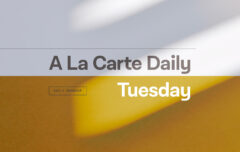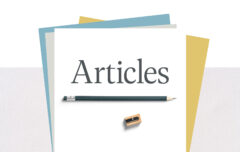Here is a great (and famous) quote from Mortimer Adler’s classic How To Read a Book.
There are two ways in which one can own a book. The first is the property right you establish by paying for it, just as you pay for clothes and furniture. But this act of purchase is only the prelude to possession. Full ownership comes only when you have made it a part of yourself, and the best way to make yourself a part of it is by writing in it. An illustration may make the point clear. You buy a beefsteak and transfer it from the butcher’s icebox to your own. But you do not own the beefsteak in the most important sense until you consume it and get it into your bloodstream. I am arguing that books, too, must be absorbed in your blood stream to do you any good.
Confusion about what it means to “own” a book leads people to a false reverence for paper, binding, and type — a respect for the physical thing — the craft of the printer rather than the genius of the author. They forget that it is possible for a man to acquire the idea, to possess the beauty, which a great book contains, without staking his claim by pasting his bookplate inside the cover. Having a fine library doesn’t prove that its owner has a mind enriched by books; it proves nothing more than that he, his father, or his wife, was rich enough to buy them.
There are three kinds of book owners. The first has all the standard sets and best sellers — unread, untouched. (This deluded individual owns woodpulp and ink, not books.) The second has a great many books — a few of them read through, most of them dipped into, but all of them as clean and shiny as the day they were bought. (This person would probably like to make books his own, but is restrained by a false respect for their physical appearance.) The third has a few books or many — every one of them dog-eared and dilapidated, shaken and loosened by continual use, marked and scribbled in from front to back. (This man owns books.) …
But the soul of a book “can” be separate from its body. A book is more like the score of a piece of music than it is like a painting. No great musician confuses a symphony with the printed sheets of music. Arturo Toscanini reveres Brahms, but Toscanini’s score of the G minor Symphony is so thoroughly marked up that no one but the maestro himself can read it. The reason why a great conductor makes notations on his musical scores — marks them up again and again each time he returns to study them–is the reason why you should mark your books. If your respect for magnificent binding or typography gets in the way, buy yourself a cheap edition and pay your respects to the author.










